
By Mx Kris Vyas-Myall
More than 1,000 women marched through armed cordons in Belfast a few days ago, in a surprising display of bravery and protest. How has such an act come to be seen on British streets?

Since last summer, when British troops were called in by Stormont, the violence has continued to worsen. When the so-called “battle of the bogside” took place in August, British troops arrived too late to stop loyalist violence.
Soon after, a split emerged in December within the IRA, with there now being two groups. First are the “official” IRA, who have adopted a Marxist platform and believe in political engagement to bring about a socialist workers republic. Second are the new militant “provisional” IRA who support armed defence of Catholic communities and believe that their campaign can only end in a single united republic of Ireland. Currently, the momentum seems to be with the provisional group, particularly with increasing loyalist violence. When a member of the official IRA came out to ask a Catholic group to disperse, he was stoned by the crowd.
Things have also been going south (pun intended) in the Republic. In April, a paramilitary group (possibly the provisional IRA or Saor Eire, but unconfirmed) committed a bank robbery and shot dead an unarmed member of the Irish Garda, Richard Fallon, the first to be murdered in the line of duty since the 40s. The next month, Jack Lynch, the Irish Taoiseach, was forced to fire his ministers of finance and agriculture as they are charged with trying to supply arms to paramilitaries in the North.
As tensions continued to ramp up between communities, it was inevitable we were in for another summer of violence. In the most recent incident, it is unclear as yet who struck first. Loyalist sources say the provisional IRA were using the imprisonment of Bernadette Devlin as an excuse to whip up violence. Republican sources say a loyalist mob were trying to drive Catholics living in the Short Strand area out of East Belfast. Whatever the cause, five people died and there was a huge amount of property damage. More importantly for what happened next, members of the provisional IRA used guns to fire back against loyalists in the Falls Road area.
A curfew was declared in the area as three thousand British Army went house to house, armed and firing tear-gas, in order to check for weapons and arrest potential IRA suspects. This, however, is not something that can be done quickly (there were more houses than soldiers) or easily, and took three days to complete. As such, supplies were running low for some households, as people even leaving to get food were liable to be shot.
This is where the march came in. Local Catholic women decided to take action themselves and marched in holding food, in full view of the press. They correctly made the calculation that the British Army would not shoot women armed only with bread and milk to be broadcast on the evening news. Some were blocked but many were able to get through and resupply the community.
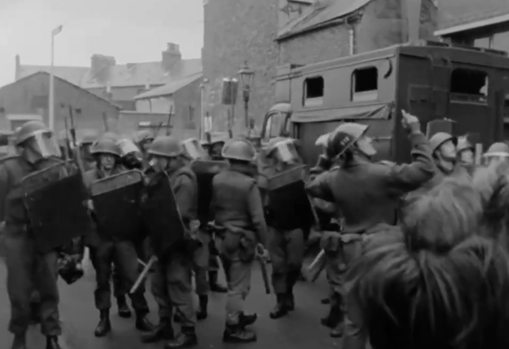
It is unclear if the British raids will have done any more than American finding of caches in Vietnam but two things are definitely clear:
1. The Catholic community in the North are not going to have much trust of the British to protect them, if any indeed still remained.
2. Protection and support for the community is coming from the ground up, particularly women in these roles, rather than top down.
One place you can also see women regularly pushing things forward is in Orbit. Whilst not quite having an equal number, it is still the only place I can be certain to see multiple women writers between its two covers.
Orbit 7 ed. by Damon Knight
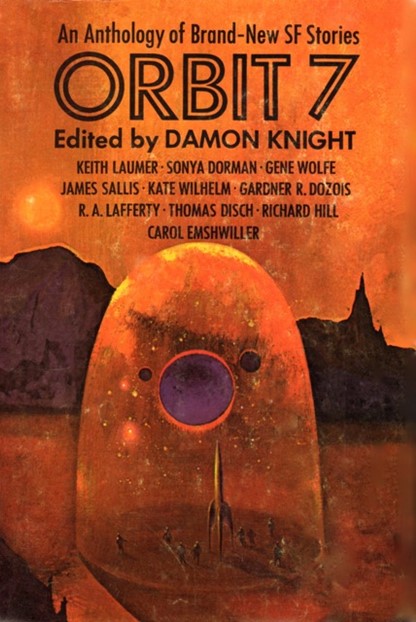
Cover by Paul Lehr
Continue reading [July 8, 1970] I'm Still Marching Some More (Orbit 7) →





![[July 12, 1960] The New Generation (August 1970 <i>Fantastic</i>)](https://galacticjourney.org/wp-content/uploads/2025/07/COVERSMALL-672x256.jpg)
![[July 10, 1970] Prison Break in West Berlin: The Liberation of Andreas Baader](https://galacticjourney.org/wp-content/uploads/2025/07/55979364-jpg-100-1920x1080-1-672x372.jpg)
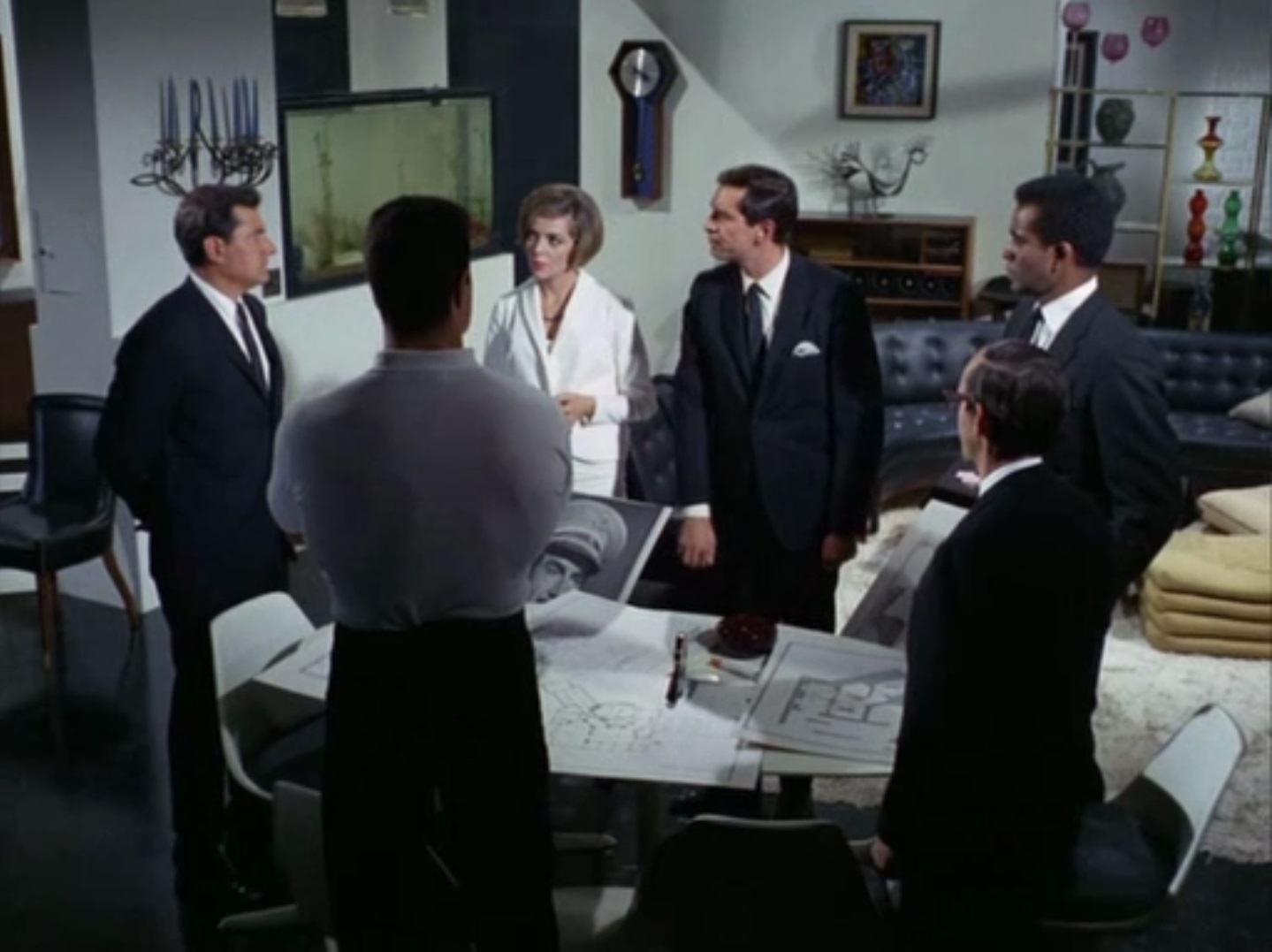




![[July 8, 1970] I'm Still Marching Some More (<i>Orbit 7</i>)](https://galacticjourney.org/wp-content/uploads/2025/07/Orbit-C-416x372.jpg)




![[July 6, 1970] The Day After Judgment (August/September 1970 <i>Galaxy</i>)](https://galacticjourney.org/wp-content/uploads/2025/07/700708galaxycover-411x372.jpg)


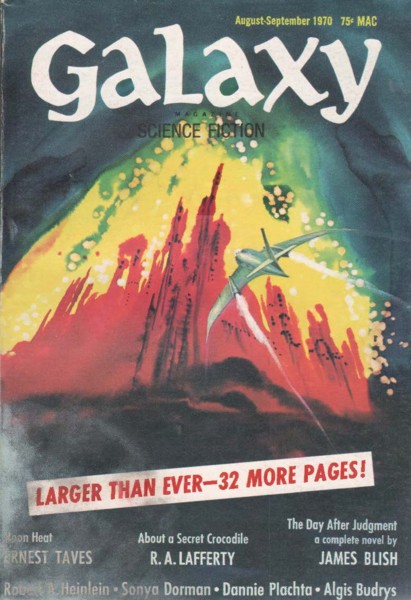
![[July 4, 1970] Coming Attractions (<em>The Science Fiction Hall of Fame, Volume One</em>, Part Two)](https://galacticjourney.org/wp-content/uploads/2025/06/Astounding_v33n05_1944-07_AK_0000-440x372.jpg)

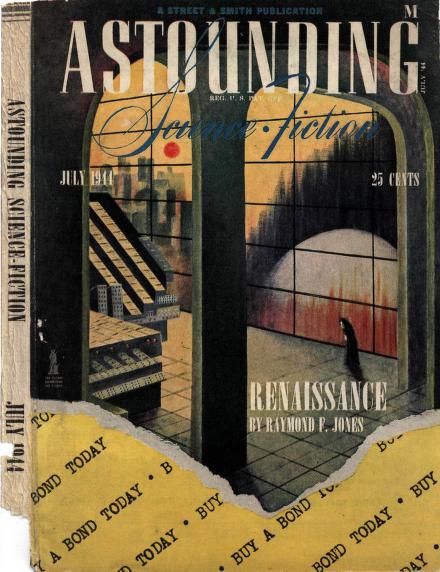
![[July 2, 1970] Matters of conscience (August 1970 <i>Venture</i>)](https://galacticjourney.org/wp-content/uploads/2025/06/Venture-1970-08-Cover-486x372.jpg)

 Some of the occupiers a few days after arriving on Alcatraz.
Some of the occupiers a few days after arriving on Alcatraz.![[June 30, 1970] Star light… per stratagem (July 1970 <i>Analog</i>)](https://galacticjourney.org/wp-content/uploads/2025/06/700630analogcover-353x372.jpg)



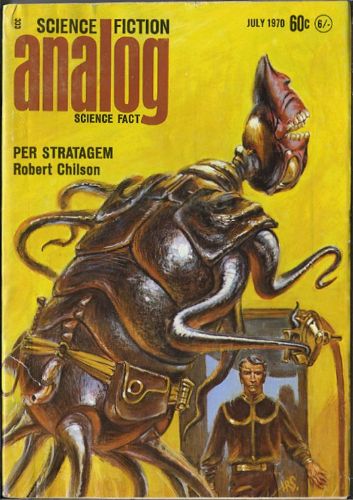
![[June 28, 1970] Welcome to Blood Island (Four Filipino Fright Films)](https://galacticjourney.org/wp-content/uploads/2025/06/700628movies-672x372.jpg)
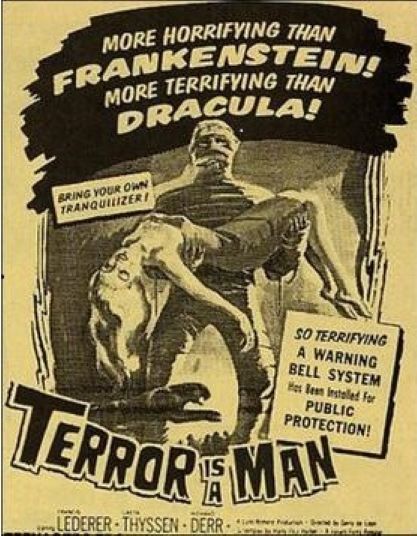
![[June 27, 1970] Deeper than Amber, more mindless than a Worm… (June Galactoscope: The Third)](https://galacticjourney.org/wp-content/uploads/2025/06/700627covers-672x372.jpg)

![[June 26, 1970] Hard Hats & Flower Power Collide](https://galacticjourney.org/wp-content/uploads/2025/06/Screenshot-2025-06-18-230824-672x372.png)




